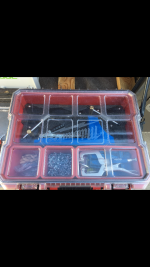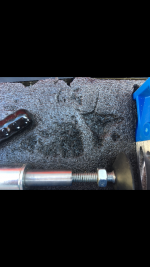cliffsgarage
Member
- Joined
- Sep 4, 2019
- Messages
- 2
OK, not really. But apparently Festool sander backing plates decay over time? Festool's solution was somewhat amusing ...
UPDATE: I've tried several ways to give the link, but it just won't appear. Let's try this way ... youtube dot com/watch?v=AW1V_5KnhNE
UPDATE: I've tried several ways to give the link, but it just won't appear. Let's try this way ... youtube dot com/watch?v=AW1V_5KnhNE


